
LED Grow Lights for Rice Cultivation: Accelerating Breeding for Climate Adaptability
- Home
- LED Grow Lights for Rice Cultivation: Accelerating Breeding for Climate Adaptability
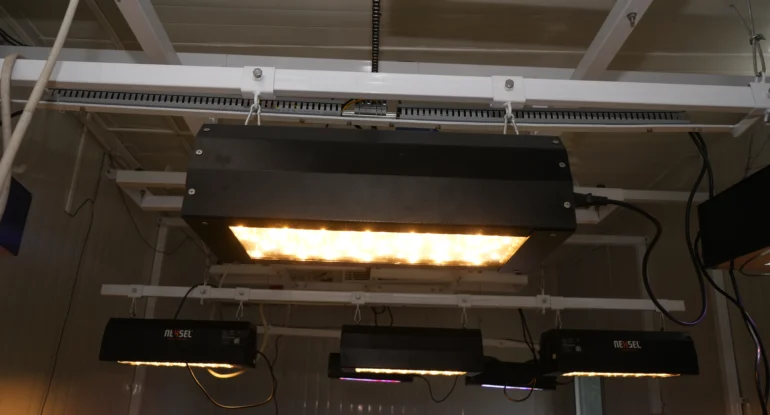
LED Grow Lights for Rice Cultivation: Accelerating Breeding for Climate Adaptability
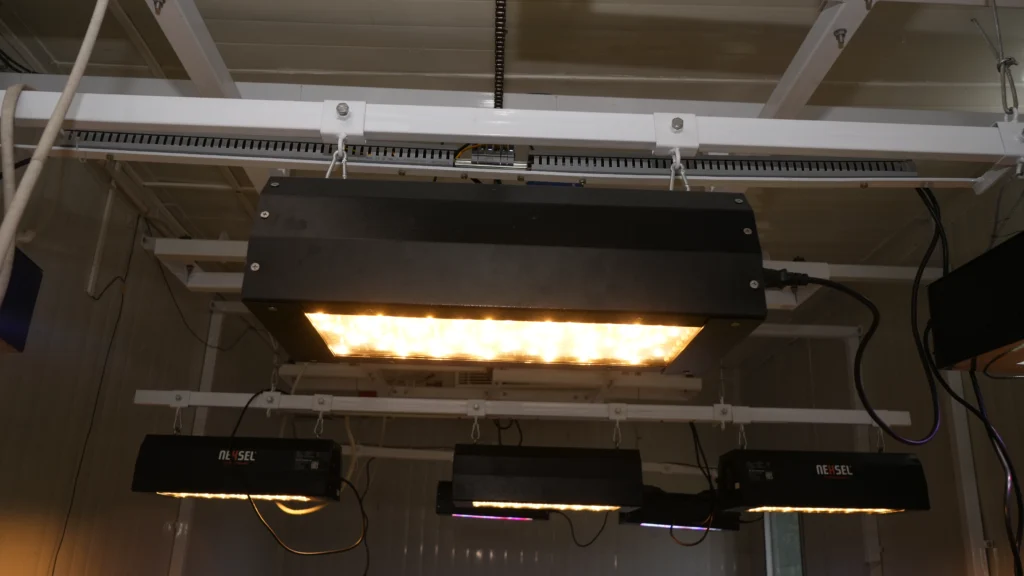
Introduction
Rice is one of the most important staple crops in the world, feeding over half of the global population. However, rice cultivation faces numerous challenges due to changing climate conditions, water scarcity, and the need for higher productivity to meet growing demand. Traditional rice breeding methods are often slow, taking several years to develop new varieties with enhanced traits. In recent years, innovations like LED grow lights have emerged as powerful tools in agriculture, offering the potential to accelerate breeding programs, particularly in rice, by improving control over environmental conditions.
LED (light-emitting diode) grow lights are used to simulate natural sunlight and manipulate light conditions to influence plant growth, flowering, and development. These lights are energy-efficient, versatile, and offer precise control over light spectrum and intensity. This article will explore how LED grow lights are being employed in rice breeding to accelerate the development of climate-adaptable varieties, as well as the science behind this technology, its benefits, and future potential.
The Role of Climate Change in Rice Cultivation
Rice is a water-intensive crop, typically grown in flooded fields called paddies, which makes it highly vulnerable to climate change. Rising temperatures, unpredictable rainfall patterns, and prolonged droughts are affecting rice yields across many regions, particularly in Asia, where the majority of the world’s rice is cultivated. To address these challenges, there is a growing need to develop rice varieties that are more resilient to environmental stressors such as heat, drought, and salinity.
Climate adaptability in rice breeding focuses on traits like:
• Heat tolerance: Increased temperature stress during flowering can result in poor grain formation.
• Drought resistance: Water scarcity is a growing issue in many rice-growing regions.
• Flood tolerance: Some areas experience frequent flooding, which can damage crops.
Traditional breeding methods, which rely on crossing different rice varieties over multiple generations, are time-consuming. However, advancements in controlled environment agriculture, including the use of LED grow lights, have significantly accelerated this process by providing more precise control over environmental factors.
LED Grow Lights in Controlled Environment Agriculture
LED grow lights have revolutionized controlled environment agriculture by enabling breeders to manipulate light quality (spectrum), duration (photoperiod), and intensity. The ability to simulate daylengths, optimize light wavelengths for specific plant stages, and precisely control the growing environment has made LEDs a valuable tool in plant breeding.
The key advantages of LED grow lights in plant cultivation include:
- Energy Efficiency: LED lights consume less energy than traditional lighting systems, such as high-pressure sodium (HPS) lamps, while providing higher light output and longer operational lifespans.
- Tailored Light Spectrum: LEDs can emit specific wavelengths of light (e.g., blue, red, far-red), which can be optimized to enhance photosynthesis and promote specific plant behaviors like flowering or vegetative growth. For example, blue light (450–495 nm) promotes vegetative growth, while red light (620–750 nm) encourages flowering and fruiting.
- Precise Control: With LED technology, light intensity and photoperiod can be precisely controlled, which is crucial for manipulating plant development stages in a controlled breeding environment. This level of control helps optimize growth cycles, accelerate breeding programs, and achieve synchronized flowering for hybrid production.
- Reduction in Environmental Variability: By using LED grow lights in greenhouses or growth chambers, breeders can eliminate environmental fluctuations that might affect plant growth, ensuring that plants experience consistent and optimal light conditions.
Accelerating Rice Breeding with LED Grow Lights
Rice breeding typically involves selecting for desirable traits, such as resistance to pests, diseases, and environmental stressors, as well as improving yield and quality. However, the breeding process is slow and can take several years due to the long lifecycle of rice plants. LED grow lights can help accelerate this process by simulating ideal light conditions that influence key growth stages, including flowering, seed set, and maturation.
- Manipulating Flowering and Growth Cycles
By controlling the photoperiod with LED grow lights, breeders can speed up the flowering time in rice plants. Long-day and short-day plants can respond to artificial light schedules, and breeders can simulate these conditions in a controlled environment. For example, researchers can simulate a long day by providing 16 hours of light and 8 hours of darkness, which induces flowering in certain rice varieties. By regulating light exposure and temperature simultaneously, breeders can achieve faster cycles of flowering and seed production.
LEDs are particularly useful in accelerating flowering and maturation for varieties of rice that are sensitive to daylength. By optimizing the spectrum of light, breeders can ensure that these varieties flower and mature faster, which is crucial for developing heat- and drought-tolerant varieties in regions where environmental stress is becoming more common. - Simulating Stress Conditions for Climate Adaptability
LED grow lights allow breeders to simulate specific environmental conditions, such as heat or light stress, which helps identify rice varieties that are resilient under climate change. For instance, researchers can use a combination of high-intensity red light and high temperatures to simulate heat stress during the flowering stage. This helps identify genes that confer heat tolerance and allows for faster selection of heat-resistant varieties.
Similarly, LED lights can be used to manipulate light intensity and duration during periods of drought, mimicking the challenges faced by rice crops in water-scarce environments. This enables breeders to identify rice varieties that can withstand periods of low water availability, helping improve drought resistance. - Genetic Crosses and Hybridization
LED grow lights can also facilitate the hybridization process by allowing breeders to create controlled environments for cross-pollination. Rice breeding programs often involve crossing different varieties to combine desirable traits, such as high yield with resistance to pests or environmental stress. Using LEDs, breeders can ensure that light conditions are optimal for pollination, thereby increasing the success rate of hybridization.
Examples of LED Grow Lights in Rice Breeding
- International Rice Research Institute (IRRI) and LED Technology
At the International Rice Research Institute (IRRI), LED grow lights have been used to accelerate the development of drought-tolerant rice varieties. By simulating environmental stress conditions with controlled lighting and temperature, IRRI has been able to identify promising candidates for drought resistance. This has allowed for quicker development of rice varieties suited for regions experiencing water scarcity. - University of California, Davis
Researchers at UC Davis have used LED grow lights to study rice’s response to heat stress, one of the major impacts of climate change. By controlling light intensity and temperature in their growth chambers, they have accelerated the breeding of heat-tolerant rice varieties. The ability to simulate different environmental conditions and light cycles has allowed them to speed up the development process, producing more resilient rice varieties in a shorter timeframe.
Challenges and Future Directions
While LED grow lights offer significant advantages in rice breeding, there are challenges and areas for improvement:
• Cost: While LED technology has become more affordable, the initial setup for large-scale breeding programs can still be costly. The investment in controlled environment systems (growth chambers or greenhouses) equipped with LEDs might be prohibitive for small-scale breeders.
• Energy Usage: Although LEDs are energy-efficient compared to traditional lighting systems, large-scale usage of LEDs in breeding programs may still result in high energy consumption, particularly if the lights are in use for extended periods.
• Integration with Other Technologies: The integration of LED grow lights with other technologies like automated climate control, data analytics, and AI-driven plant monitoring systems could further optimize breeding programs. However, this requires significant technological investment and expertise.
Conclusion
LED grow lights have emerged as a game-changing technology in rice cultivation, offering breeders the ability to control light conditions and simulate environmental stressors to accelerate the development of climate-resilient rice varieties. The precision and versatility of LED technology enable faster flowering, improved hybridization, and stress adaptation, making it an invaluable tool for developing rice that can withstand the challenges posed by climate change. As LED technology continues to advance and become more affordable, its integration into rice breeding programs will be essential for ensuring food security and sustainability in the face of a changing climate.
- Blog Categories
- Basic of Artificial Lighting for Plants
- Basic of grow Light
- Case Studies
- General Awareness
- Indoor Vertical Farming
- Medical Plant Research
- Online Tool
- Pitch Grow Light
- Plant Lighting Measurement
- Speed Breeding
- Supplemental Lighting
- Tissue Culture Grow Lights
- Indoor gardening
- LED Grow Lights
- Pharma Segment
- General
Shop Products
2Ft 9W Grow Light for Leafy Vegetables
₹350.00 – ₹650.00Price range: ₹350.00 through ₹650.00
4Ft 18W Grow Light for Saffron
₹495.00 – ₹920.00Price range: ₹495.00 through ₹920.00
Popular Products
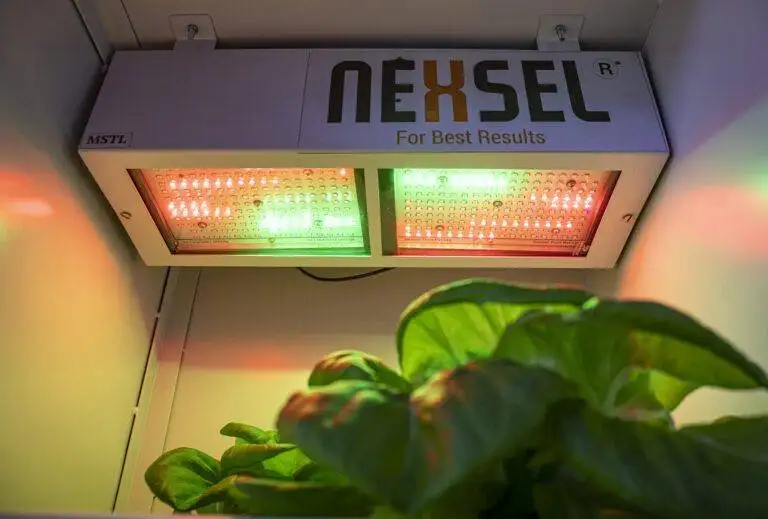
Enquire Now
Quick Link
Other Links
Design & Developed By VBTEK


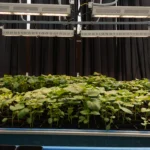
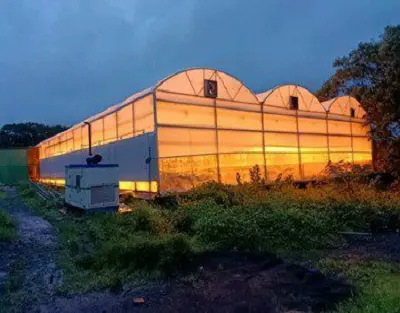
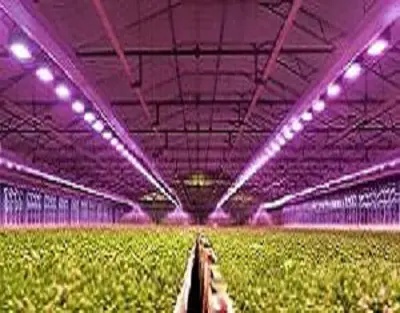
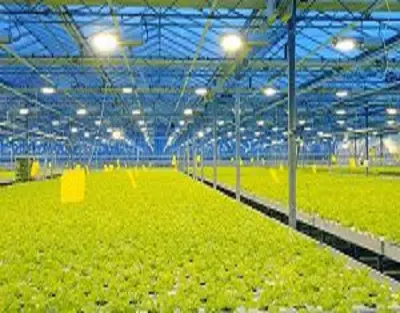
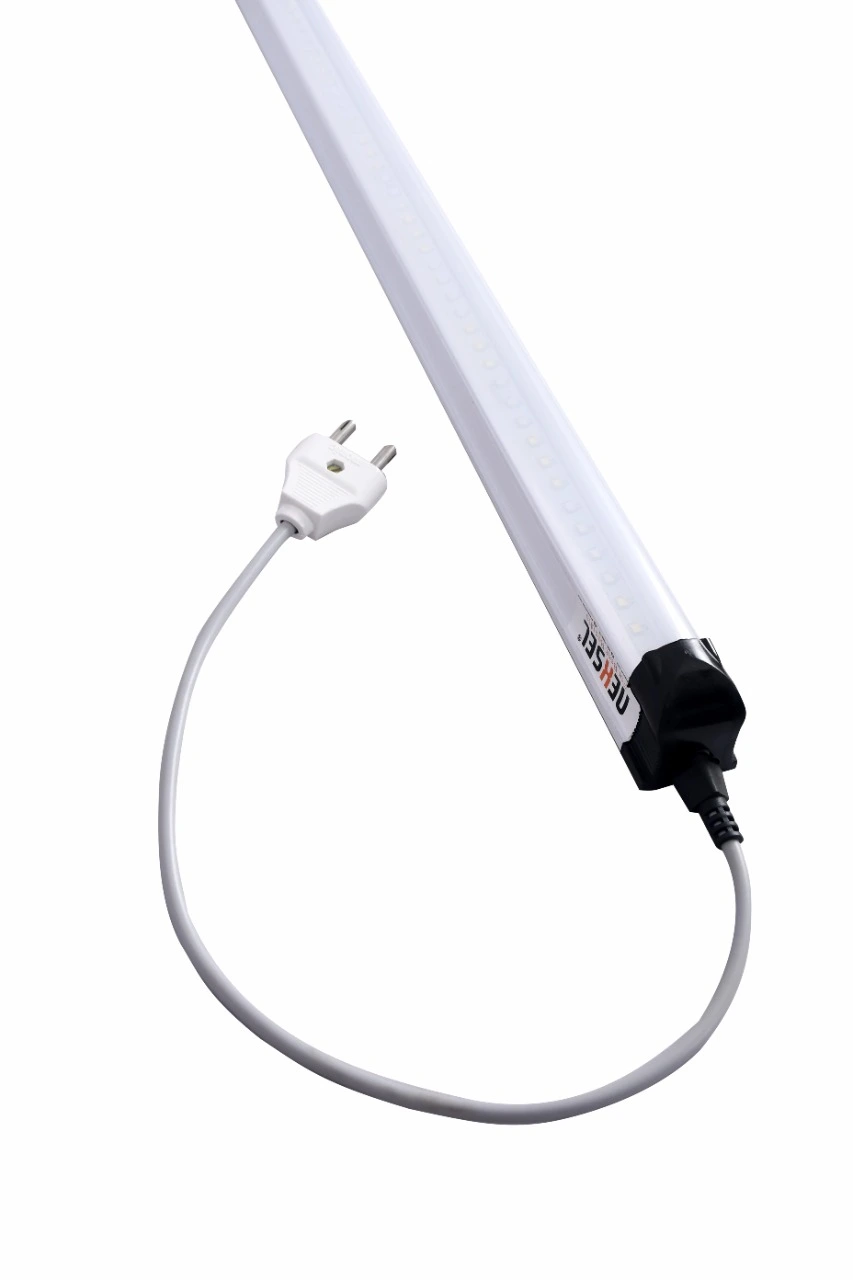
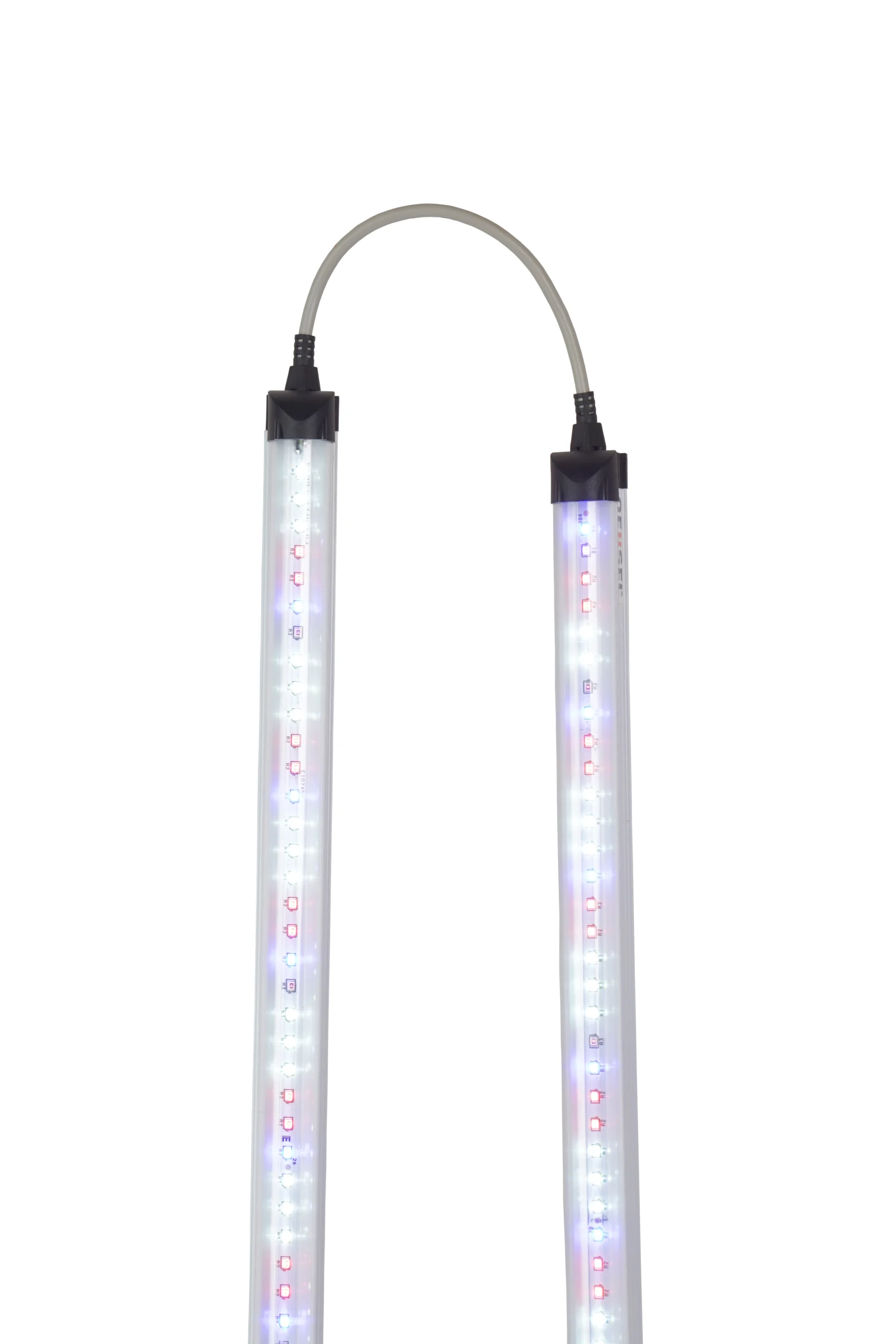
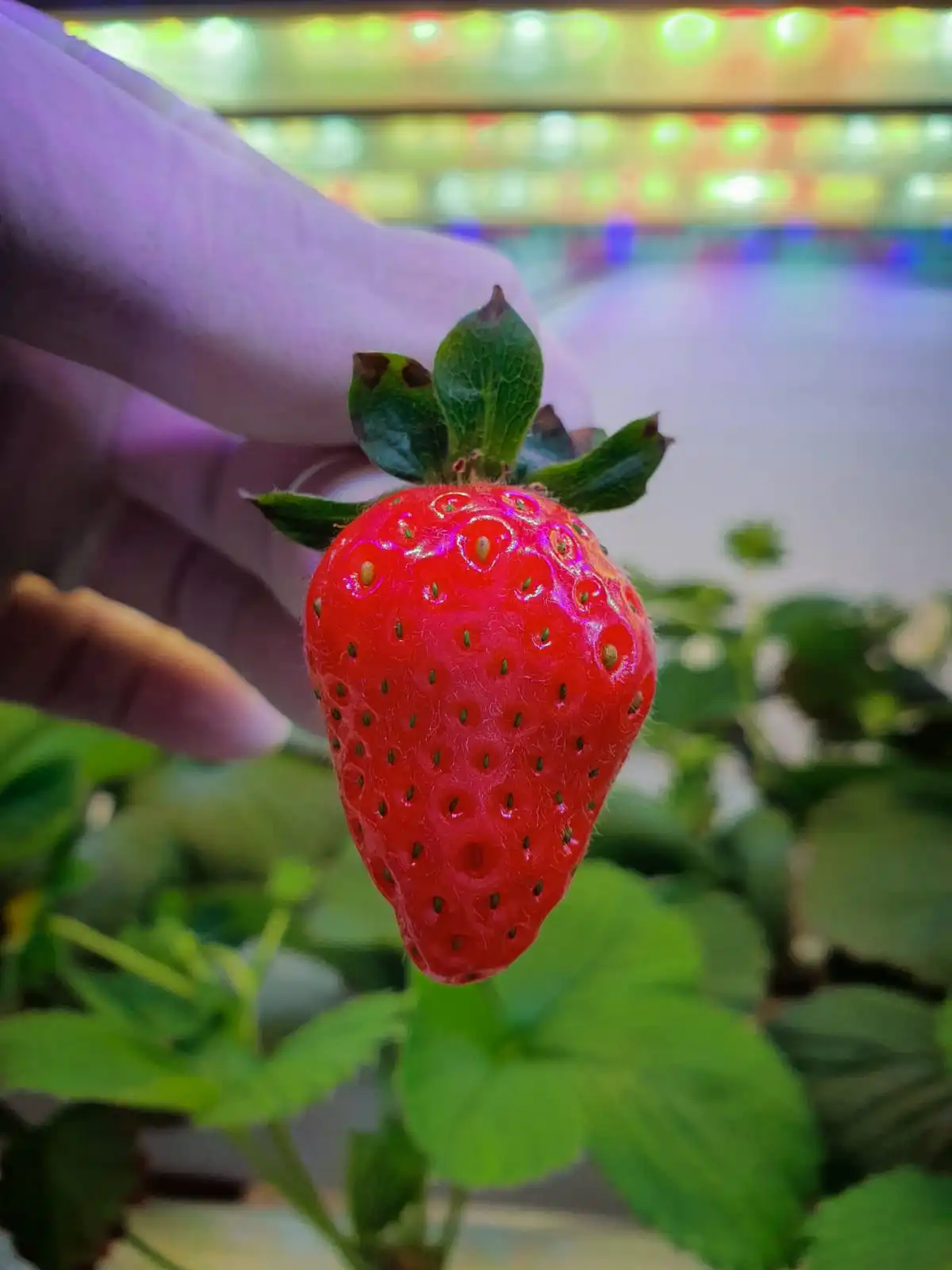

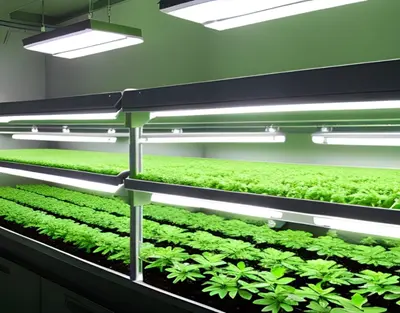

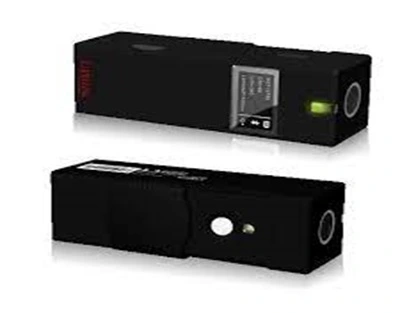
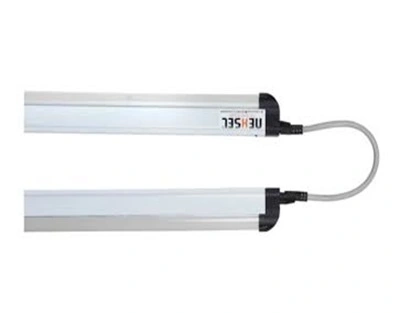
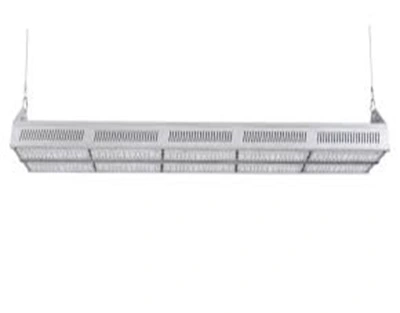
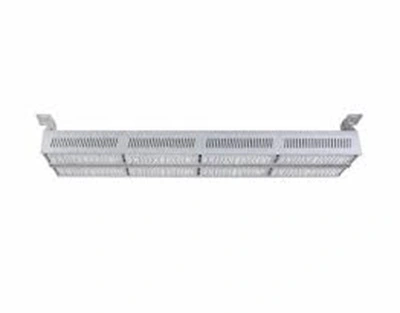
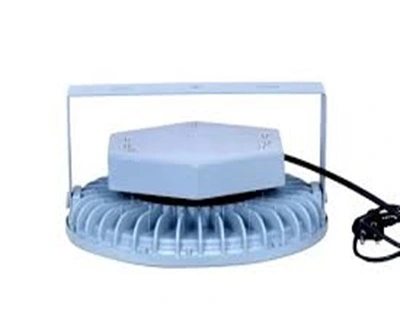
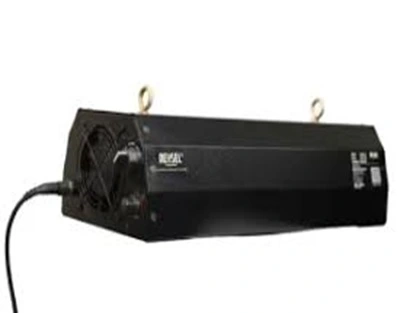

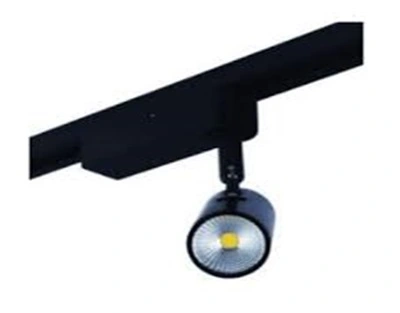
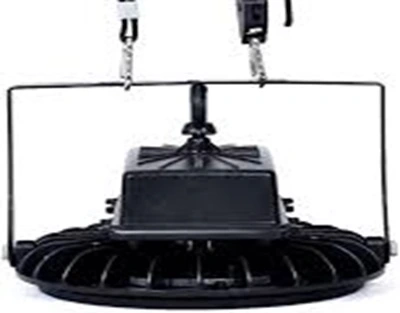
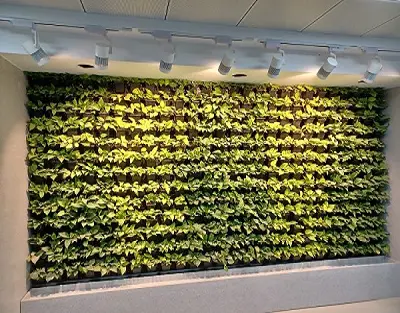
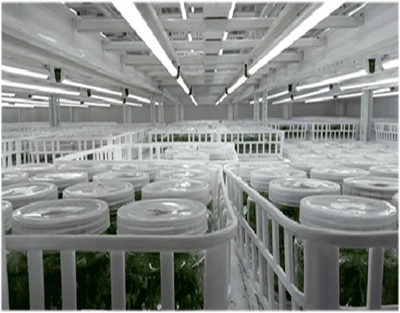

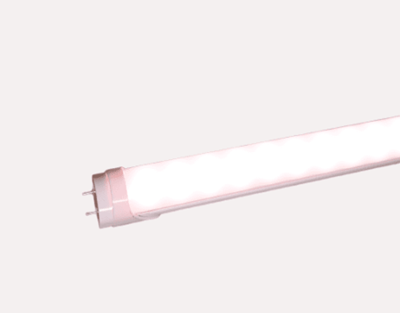
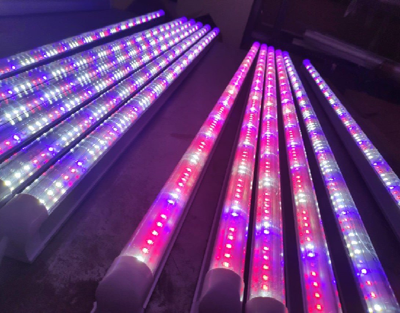

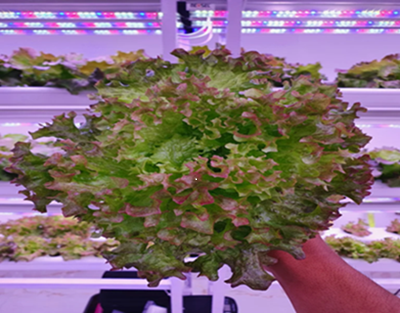
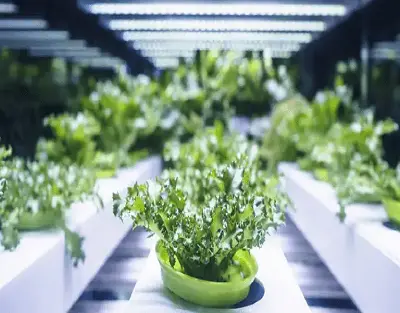
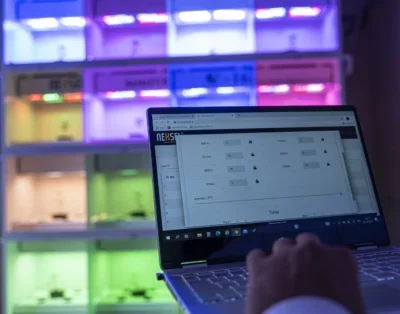


Leave A Comment